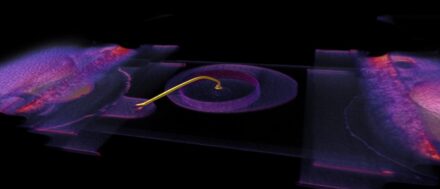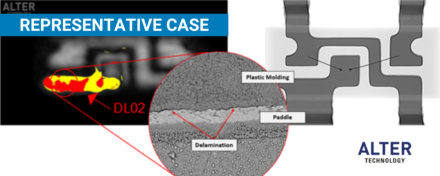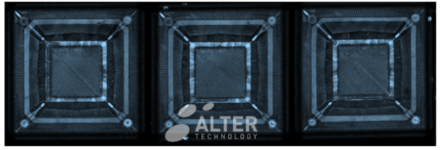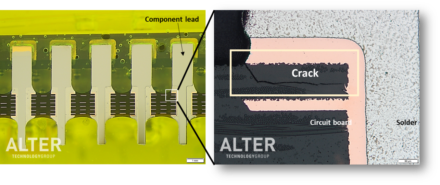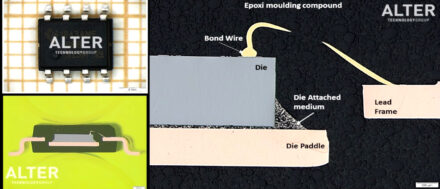

Cross Sectioning for Thermostatic Switches
The cross-sectioning process provides access to the device internal structure, its materials and design. Electronics components are often subjected to cross-sectioning to detect the defects that could not be found using other testing techniques. Cross-sectioning typically involves three discrete steps: mounting the sample in a block of epoxy resin to form the specimen, grinding or cutting the specimen and finally polishing the exposed surface. >> Read more
EEE Parts Results Page
Cross Sectioning for Thermostatic Switches
The cross-sectioning process provides access to the device internal structure, its materials and design. Electronics components are often subjected to cross-sectioning to detect the defects that could not be found using other testing techniques. Cross-sectioning typically involves three discrete steps: mounting the sample in a block of epoxy resin to form the specimen, grinding or cutting the specimen and finally polishing the exposed surface. >> Read more
EEE Parts Results Page
76716 results found for Thermostatic/Switches
Part reference
Quality level / QPL
Package
Contact Configuration
Nominal Operating Temperature (Opening Contact)
Nominal Restoring Temperature (Closing Contact)
Rated Current
Unit price
Lead time
ESCC
Qualified
ESCC QPL
See Spec
65ºC
59ºC
ESCC
Qualified
ESCC QPL
See Spec
-11ºC
-16ºC
ESCC
Qualified
ESCC QPL
See Spec
70ºC
61ºC
ESCC
Qualified
ESCC QPL
See Spec
116ºC
106ºC
ESCC
Qualified
ESCC QPL
See Spec
62ºC
53ºC
ESCC
Qualified
ESCC QPL
See Spec
13ºC
4ºC
ESCC
Qualified
ESCC QPL
See Spec
-13ºC
-18ºC
ESCC
Qualified
ESCC QPL
See Spec
91ºC
85ºC
ESCC
Qualified
ESCC QPL
See Spec

